 We so often get caught up in the building of our capabilities. In some ways, I keep attempting to “peel the innovation onion” in explaining the need to focus on building the capabilities in different ways but to be honest, it needs these various approaches to an ever-changing environment.
We so often get caught up in the building of our capabilities. In some ways, I keep attempting to “peel the innovation onion” in explaining the need to focus on building the capabilities in different ways but to be honest, it needs these various approaches to an ever-changing environment.
A different intensity of innovation onion perhaps? Why, well we have the business of today, the emerging business of tomorrow and the future business that will provide a radically different set of capability building needs?
The struggle to date is that innovation remains hard to manage well; we strive to systematize it and then attempt to replicate any success we then have, so as to achieve more, yet more often than not. we do not take into account all the variables that came together for that particular winning outcome. Often this does not work on a repetitive basis as the variables that make up innovation can be different for each innovation event or activity but we can learn under a growing ‘range of’ differentiating capabilities.
Continue reading “Building Differentiating Capabilities for Innovation”
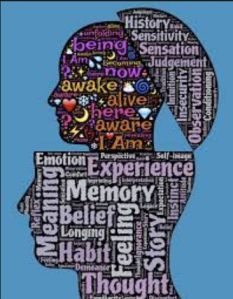
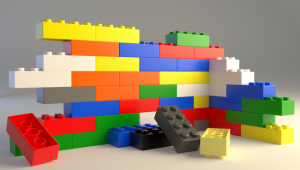
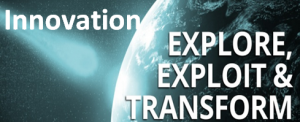
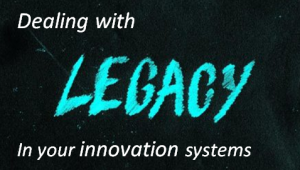
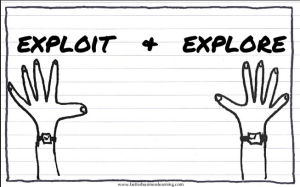
 I recently wrote a post “
I recently wrote a post “
